

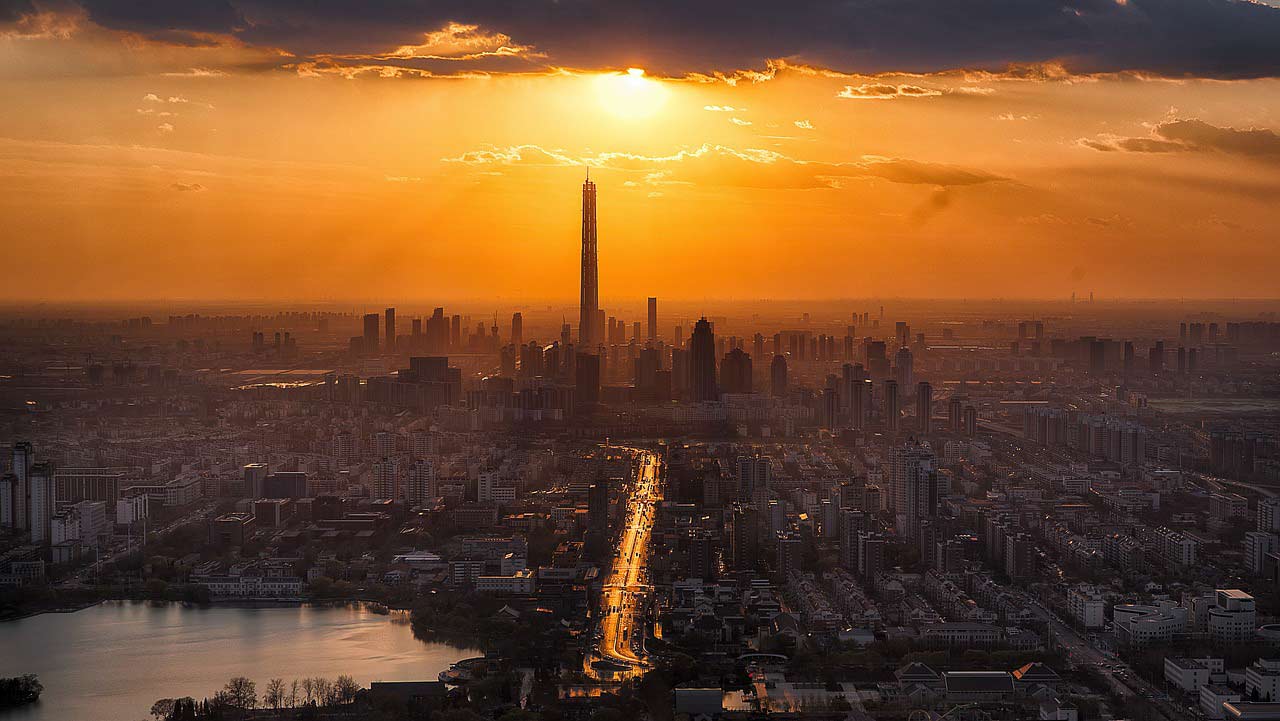
Welcome to Tianjin, a vibrant city in northern China with a rich history and a unique cultural heritage. If you’re curious about this fascinating city, with its strategic location near Beijing and its historical significance, Tianjin which has evolved into an economic powerhouse and a major transportation hub, you’ve come to the right place. In this article, we’ll answer some frequently asked questions about Tianjin and provide you with valuable insights. So, let’s dive in!
Tianjin is strategically located along the northeastern coast of China, at the southeastern edge of the Bohai Sea. Its favorable geographic position provides it with easy access to both the Yellow Sea and the vast network of inland waterways in northern China. Furthermore, Tianjin is only around 120 kilometers (75 miles) southeast of Beijing, the capital of China. This proximity to Beijing has greatly contributed to Tianjin’s development and has made it an essential part of the Bohai Economic Rim, an important economic region in China.
The city’s location also gives it an advantage in terms of international trade and transportation. Tianjin’s port, one of the busiest in northern China, serves as a crucial gateway for goods entering and leaving the country. Additionally, Tianjin is well-connected to other major cities in China through an extensive railway network, making it a vital regional transportation hub.
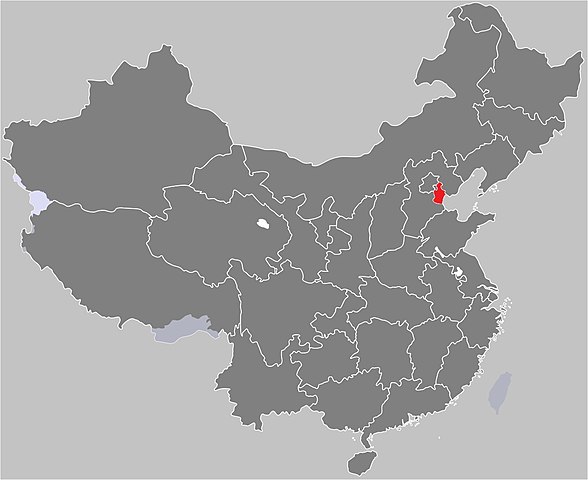
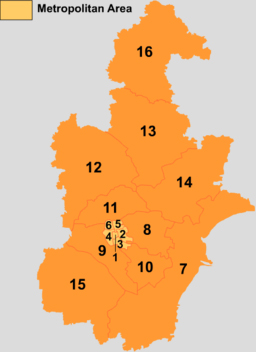
Tianjin holds a unique administrative status as a direct-controlled municipality, meaning it is not part of any province. Instead, it reports directly to the central government in Beijing. This special designation was granted to Tianjin in 1928, reflecting its historical and economic significance. As a direct-controlled municipality, Tianjin enjoys more administrative autonomy and has the power to enact policies and regulations that are specific to its needs.
This direct control allows Tianjin to focus on its own development goals and strategies, independent of provincial boundaries. It also gives the city a direct channel for cooperation and communication with the central government, facilitating the implementation of policies and initiatives. Tianjin’s status as a direct-controlled municipality has played a crucial role in its rapid growth and transformation into a major economic center in China.
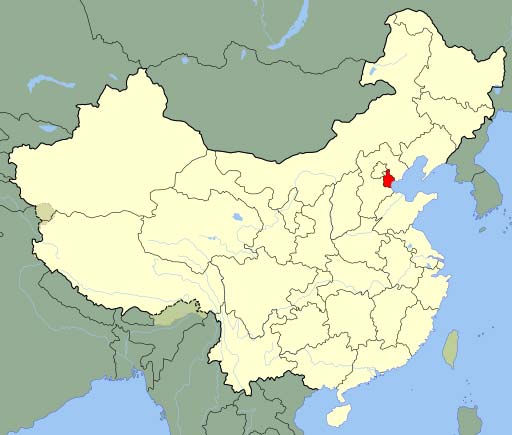
While Tianjin is a significant city, it is not the largest municipality in China. The honor of being the largest municipality goes to Chongqing, another direct-controlled municipality. Chongqing, located in southwestern China, has a larger land area and population compared to Tianjin. However, Tianjin holds its own importance as one of the four municipalities directly under the central government, alongside Beijing, Shanghai, and Chongqing. These four municipalities are key players in China’s economic and political landscape, each contributing uniquely to the nation’s development.
Tianjin spans an expansive area of approximately 11 760 square kilometers (4 540 square miles). This vast expanse encompasses a diverse range of landscapes, from the bustling urban core to the scenic outskirts. The city’s urban area covers around 3 191 square kilometers (1 232 square miles), with high-rise buildings dominating the skyline. Beyond the urban center, Tianjin’s rural areas consist of picturesque countryside, agricultural lands, and coastal regions.
Tianjin’s size allows for a blend of urban convenience and natural beauty. Visitors can explore the vibrant streets of downtown Tianjin and then venture into the outskirts to experience the tranquility of rural life. The wide range of attractions and landscapes within Tianjin’s boundaries make it a fascinating destination for both city enthusiasts and nature lovers.
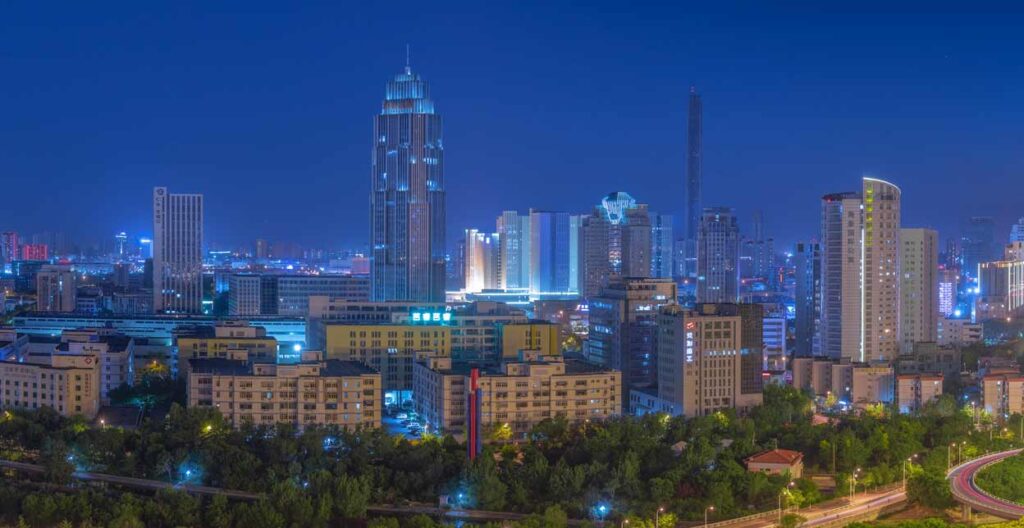
With its thriving economy and ample opportunities, Tianjin has attracted a significant population over the years. As of the latest data, Tianjin is home to around 14 million residents. This makes it one of the most populous cities in China, trailing closely behind megacities like Beijing and Shanghai.
Tianjin experiences a temperate continental monsoon climate, characterized by four distinct seasons. Summers in Tianjin are hot and humid, with temperatures frequently soaring above 30°C (86°F). It’s advisable to dress lightly and stay hydrated during this time. Winters, on the other hand, can be cold and dry, with occasional snowfall. Temperatures often drop below freezing, so warm clothing is essential for outdoor activities. Spring and autumn offer milder temperatures, making them pleasant seasons to explore Tianjin.
The variation in seasons provides an opportunity to experience different aspects of Tianjin’s charm throughout the year. In spring, blooming flowers and mild temperatures create a delightful ambiance. Autumn showcases vibrant foliage and a comfortable climate, perfect for enjoying outdoor attractions. Regardless of the season, Tianjin offers a unique blend of cultural heritage, architectural wonders, and culinary delights.
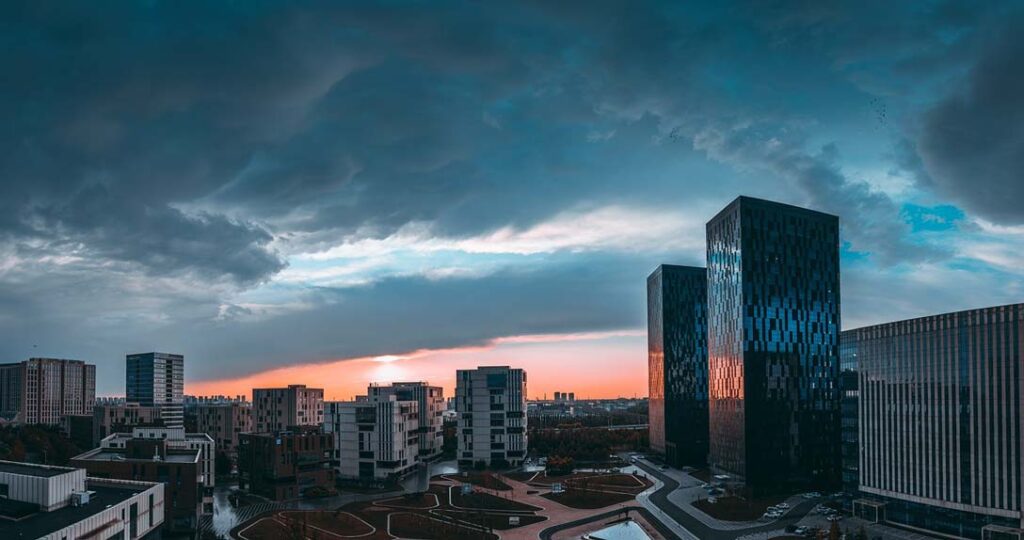
The pronunciation of “Tianjin” can be a bit tricky for non-native speakers. To pronounce it correctly, break it down into two syllables. The first syllable, “Tian,” is pronounced like “tee-ahn,” with a soft “t” sound. The second syllable, “jin,” is pronounced like “jeen,” rhyming with “seen.” Put them together, and you get “tee-ahn jeen.”
The dominant language spoken in Tianjin, as in the rest of China, is Mandarin Chinese. Mandarin is the official language of the country and serves as the lingua franca for communication, education, and business. It is widely understood and spoken by the majority of Tianjin’s residents. (For those of you who might not know what “lingua franca” means here’s a quick definition for you “a language that is adopted as a common language between speakers whose native languages are different.”)
However, it’s important to note that Tianjin has its own local dialect, known as the Tianjin dialect. This dialect has its own unique pronunciation, vocabulary, and grammar. While Mandarin remains the primary means of communication, you may encounter locals speaking in the Tianjin dialect, especially in informal settings. The Tianjin dialect reflects the city’s cultural heritage and is an integral part of its identity. Engaging with the locals and immersing yourself in the local language can be a rewarding way to connect with Tianjin’s rich traditions and history.
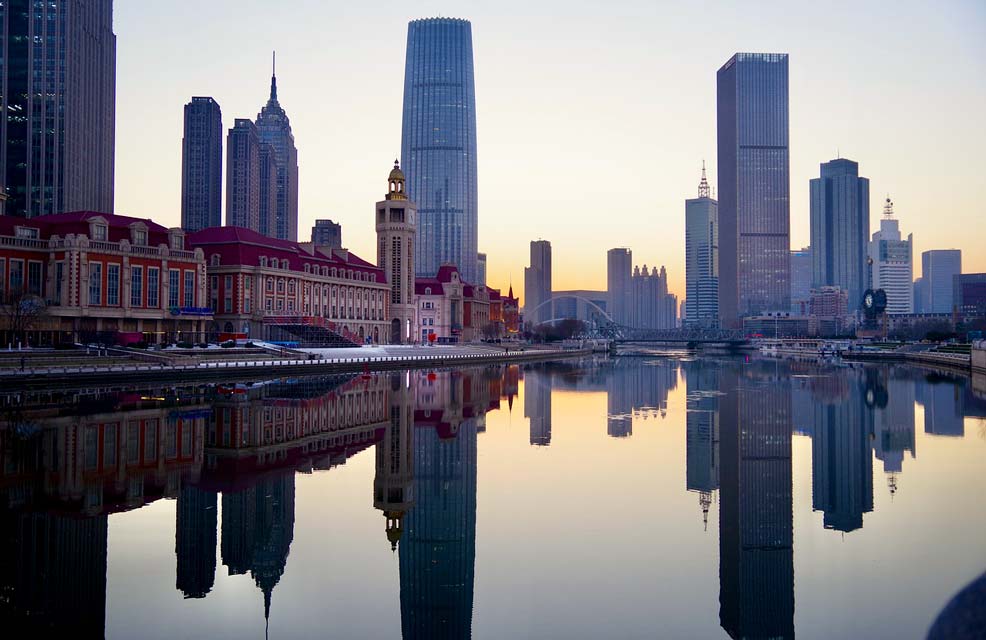
Tianjin has gained fame for its historical and cultural significance. As a vital port city, it played a significant role in China’s economic development and foreign trade during the late Qing Dynasty. The city’s architectural landscape beautifully blends traditional Chinese styles with Western influences, offering a visual feast for history enthusiasts and architecture lovers.
Tianjin is home to numerous historical sites, including the iconic Tianjin Eye, a Ferris wheel situated on the Yongle Bridge that provides stunning panoramic views of the city. The Ancient Cultural Street, lined with traditional buildings, showcases Tianjin’s traditional arts, crafts, and local specialties.
Additionally, Tianjin is renowned for its thriving industrial sector, encompassing manufacturing, petrochemicals, and textiles. The city’s dedication to innovation and technology has led to the establishment of numerous research institutions and high-tech enterprises. Tianjin’s Binhai New Area, with its state-of-the-art facilities and infrastructure, has become a hub for international cooperation and investment.
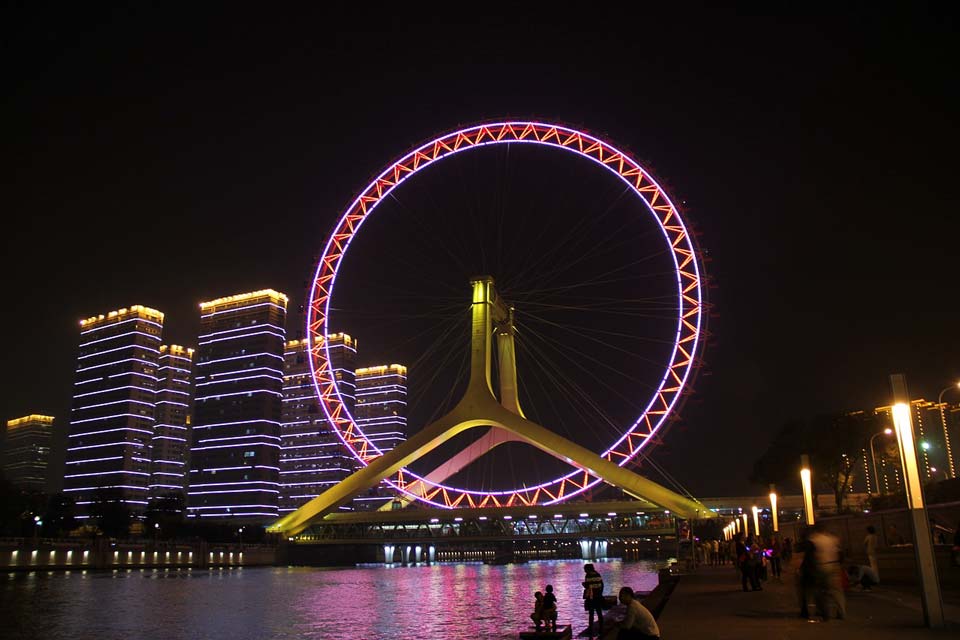
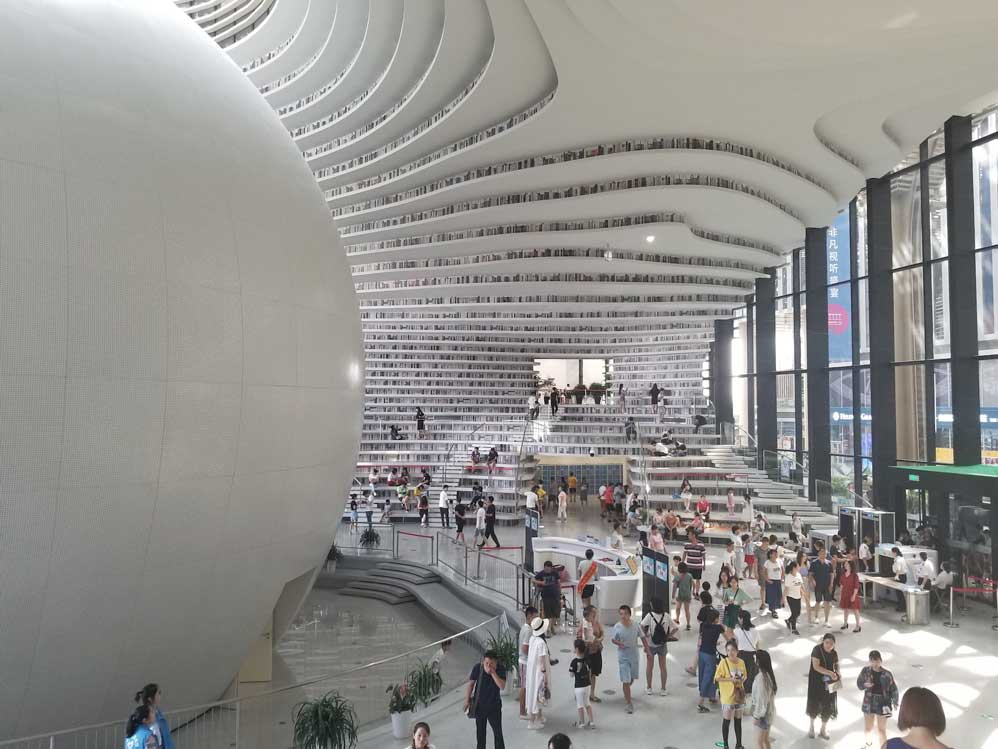
No visit to Tianjin is complete without savoring its delectable local cuisine. Tianjin is celebrated for its street food culture and has given birth to some iconic dishes. Here are a few must-try culinary delights:
Tianjin’s culinary scene extends beyond street food, with a wide range of regional and international cuisines available in its many restaurants. From traditional Chinese dishes to international flavors, Tianjin offers a gastronomic adventure for food lovers.
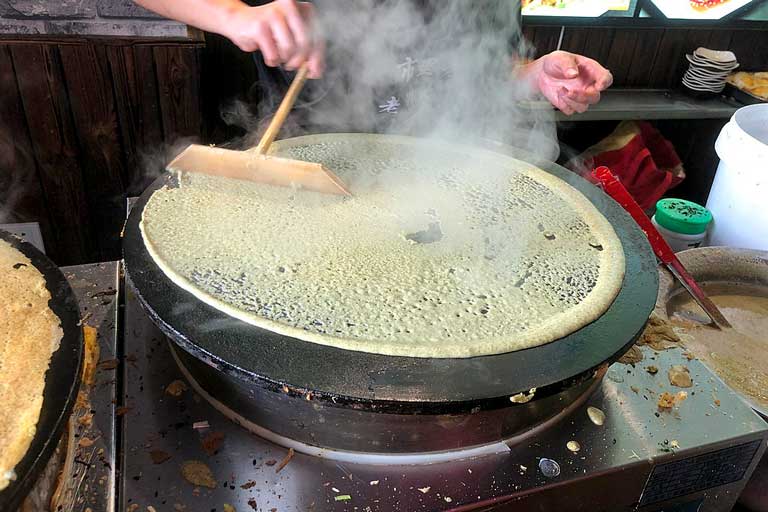
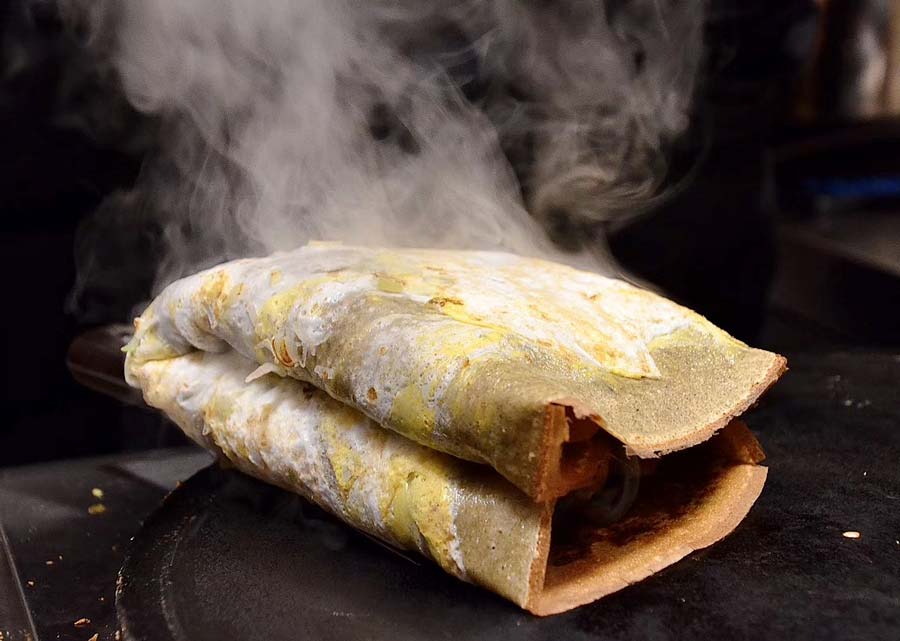
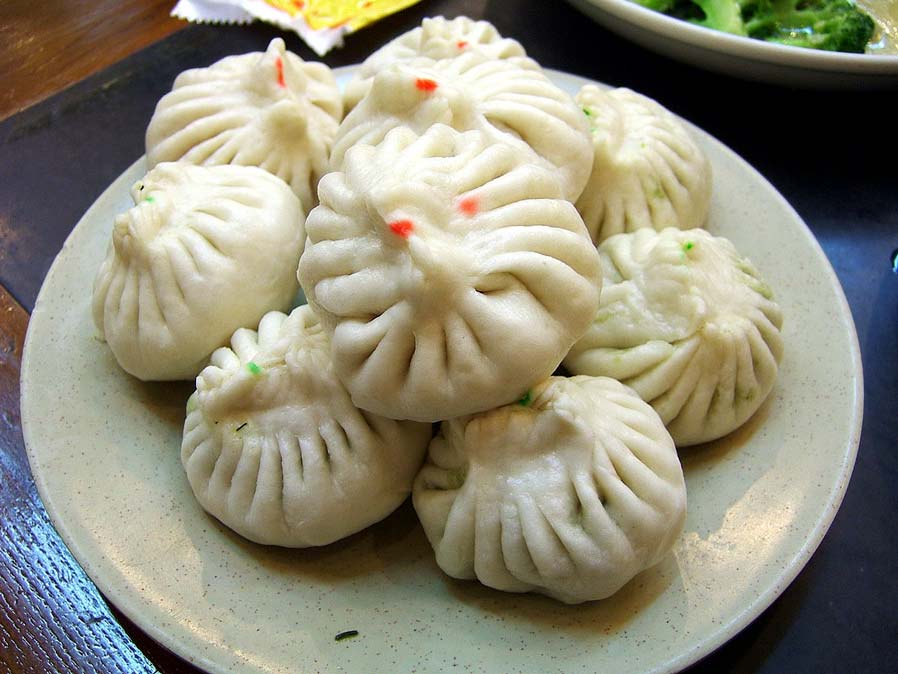
Tianjin, with its unique status as a direct-controlled municipality, rich history, and thriving economy, offers a captivating blend of tradition and modernity. Whether you’re drawn to its architectural marvels, culinary delights, or cultural heritage, Tianjin promises a memorable experience. So pack your bags, get ready to explore the bustling streets, and immerse yourself in the charm of this remarkable city.
Remember, Tianjin is just a slice of China’s vast tapestry, so there’s always more to discover and learn. Enjoy your journey through Tianjin, and may it be the start of many unforgettable adventures in China!
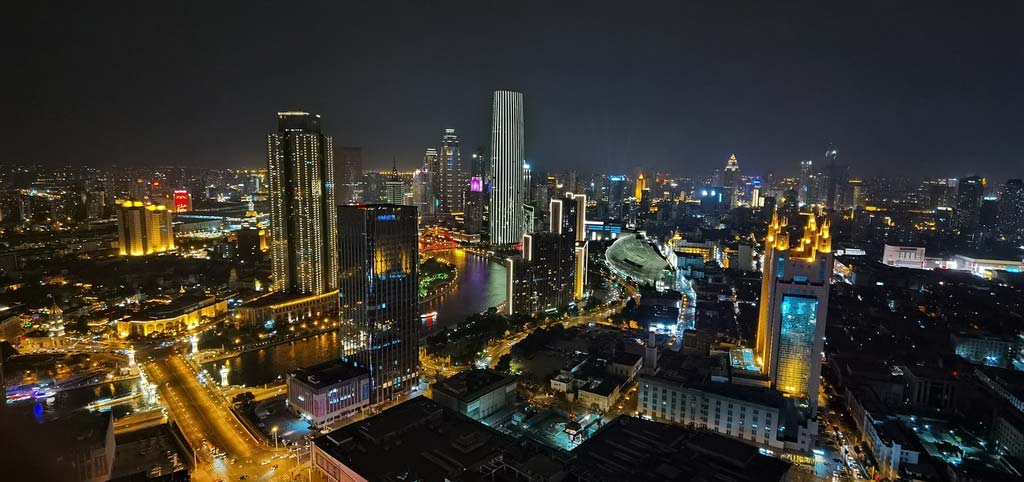
If you enjoyed this article and would like to see a similar one please click here to see our article on Shanghai FAQs: Exploring China’s richest city!
And lastly, if you would like to read our article where we compile the largest cities in China please click here to see The 15 largest cities in China!